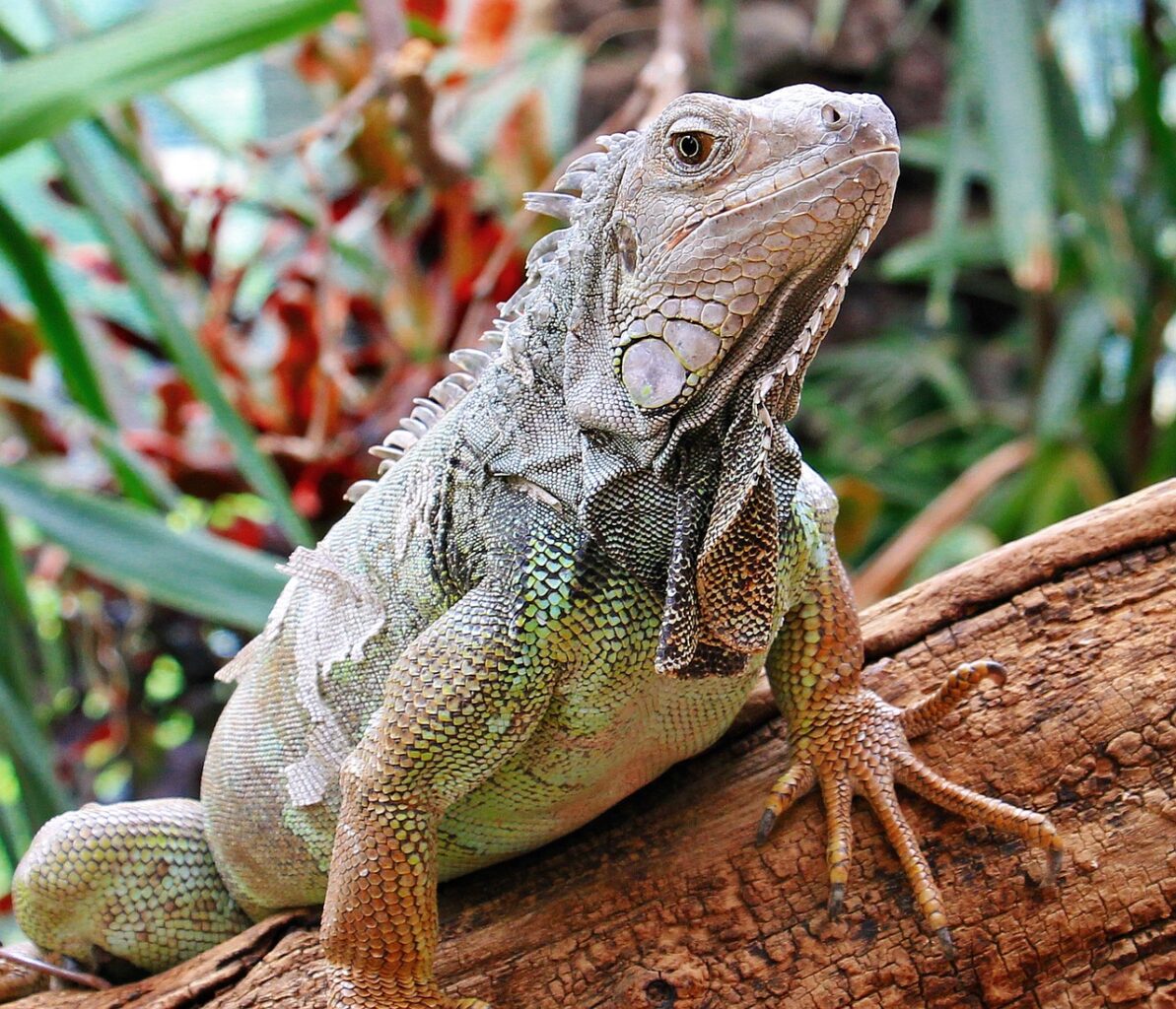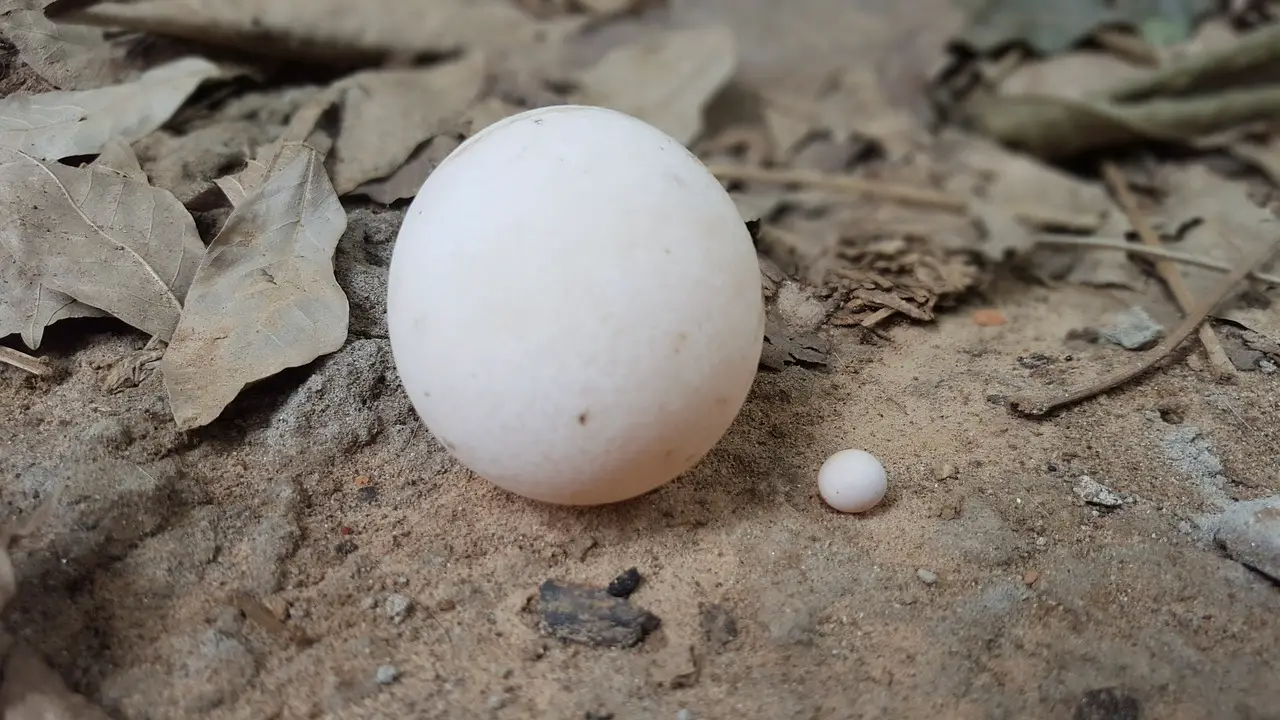Lizards, with their incredible diversity and remarkable adaptations, have captivated the curiosity of many nature enthusiasts. One particular aspect of lizard biology that warrants exploration is their method of reproduction, specifically the intriguing process of egg-laying.
In this article, we will delve into the captivating world of lizard eggs, understanding their types, development, incubation, nesting behavior, parental care, threats they face, conservation efforts, and the unique adaptations that make them truly remarkable. Join us as we embark on a journey into the fascinating realm of lizard eggs.
You may also want to know how many aggs a crested gecko lays.
Introduction
Lizard eggs are an integral part of the reptile’s reproductive cycle. Unlike mammals that give birth to live young, lizards are oviparous creatures, meaning they lay eggs. These eggs play a crucial role in continuing the lizard population and ensuring the survival of the species. Understanding the intricacies of lizard egg-laying provides valuable insights into their life cycle and the challenges they face in their environments.

Lizard Reproduction
Lizards exhibit diverse mating behaviors depending on their species and habitats. Mating rituals can range from complex courtship displays to fierce competitions between males. Once mating occurs, the female lizard undergoes a process called ovulation, where eggs are released from her ovaries and travel towards the oviduct.
Types of Lizard Eggs
Lizard eggs can be categorized into two main types: hard-shell eggs and soft-shell eggs. Hard-shell eggs are commonly seen in most lizard species and provide a protective barrier for the developing embryo. Soft-shell eggs, on the other hand, are characteristic of certain lizard groups and have a leathery texture. These variations in egg structure have evolved to suit the specific needs of different lizard species.
Egg Development and Incubation
After being laid, lizard eggs enter a phase of development where the embryo grows within the protective shell. The length of the incubation period varies among species and is influenced by environmental factors such as temperature and humidity. The conditions during incubation play a critical role in determining the survival and health of the developing lizard.
Nesting Behavior and Nest Construction
Lizards display fascinating nesting behaviors, with each species exhibiting unique strategies. Some lizards construct elaborate nests in soil or sand, while others seek out pre-existing structures such as tree cavities or burrows. Nest construction serves to provide a suitable environment for the eggs, protecting them from external threats and providing the necessary conditions for successful incubation.
Parental Care and Egg Protection
While not all lizard species exhibit parental care, some engage in behaviors aimed at protecting their eggs. This care can include guarding the nest site, regulating nest temperature, and defending against potential predators. Female lizards may also exhibit behaviors such as egg-burying or nest relocation to enhance the chances of survival for their offspring.
Challenges and Threats to Lizard Eggs
Lizard eggs face numerous challenges and threats in their environment. Natural predators, such as snakes, birds, and mammals, pose a significant risk to egg survival. Additionally, human activities, including habitat destruction and collection of eggs for the pet trade, have a detrimental impact on lizard populations. Protecting lizard nests and raising awareness about the importance of conservation are crucial steps in ensuring the survival of these remarkable creatures.

Conservation Efforts and Research
Conserving lizard populations and their habitats is of utmost importance to maintain the delicate balance of ecosystems. Conservation efforts focus on habitat protection, reducing habitat fragmentation, and implementing measures to prevent the illegal collection of lizard eggs. Ongoing research on lizard reproduction and egg development provides valuable insights into the reproductive biology of these fascinating creatures, helping guide conservation initiatives and management strategies.
Unique Adaptations and Variations
Lizard eggs exhibit a variety of unique adaptations and variations across different species. Some lizards have evolved specialized eggshell structures that enable gas exchange and provide protection, while others have developed strategies to adapt to extreme environmental conditions. The diversity in egg characteristics reflects the remarkable adaptability of lizards to their specific habitats and lifestyles.
Conclusion
Lizard eggs offer us a captivating glimpse into the world of reptilian reproduction. From the intricate mating behaviors to the nesting rituals and the challenges they face, lizard eggs play a vital role in ensuring the continuation of diverse lizard species. Understanding the complexities of lizard egg-laying enhances our appreciation for these remarkable creatures and underscores the significance of conservation efforts to protect their habitats and preserve their populations for generations to come.
FAQs (Frequently Asked Questions)
1. How many eggs do lizards typically lay? The number of eggs laid by lizards varies among species. Some lay a few eggs at a time, while others may produce clutches of up to 20 or more eggs.
2. Do lizards lay eggs in water? While most lizards lay their eggs in terrestrial nests, some aquatic and semi-aquatic species may deposit their eggs in moist environments or even in water.
3. Can lizard eggs survive without parental care? Yes, many lizard species do not provide parental care for their eggs. The eggs are equipped with protective shells and are capable of surviving without direct parental involvement.
4. How long does it take for lizard eggs to hatch? The incubation period of lizard eggs can range from several weeks to several months, depending on the species and environmental conditions.
5. Are lizard eggs edible? While some cultures may consume lizard eggs, it is important to note that collecting eggs from the wild can have negative impacts on lizard populations. Additionally, it is essential to follow local regulations and ensure sustainable practices when considering any form of wildlife consumption.
